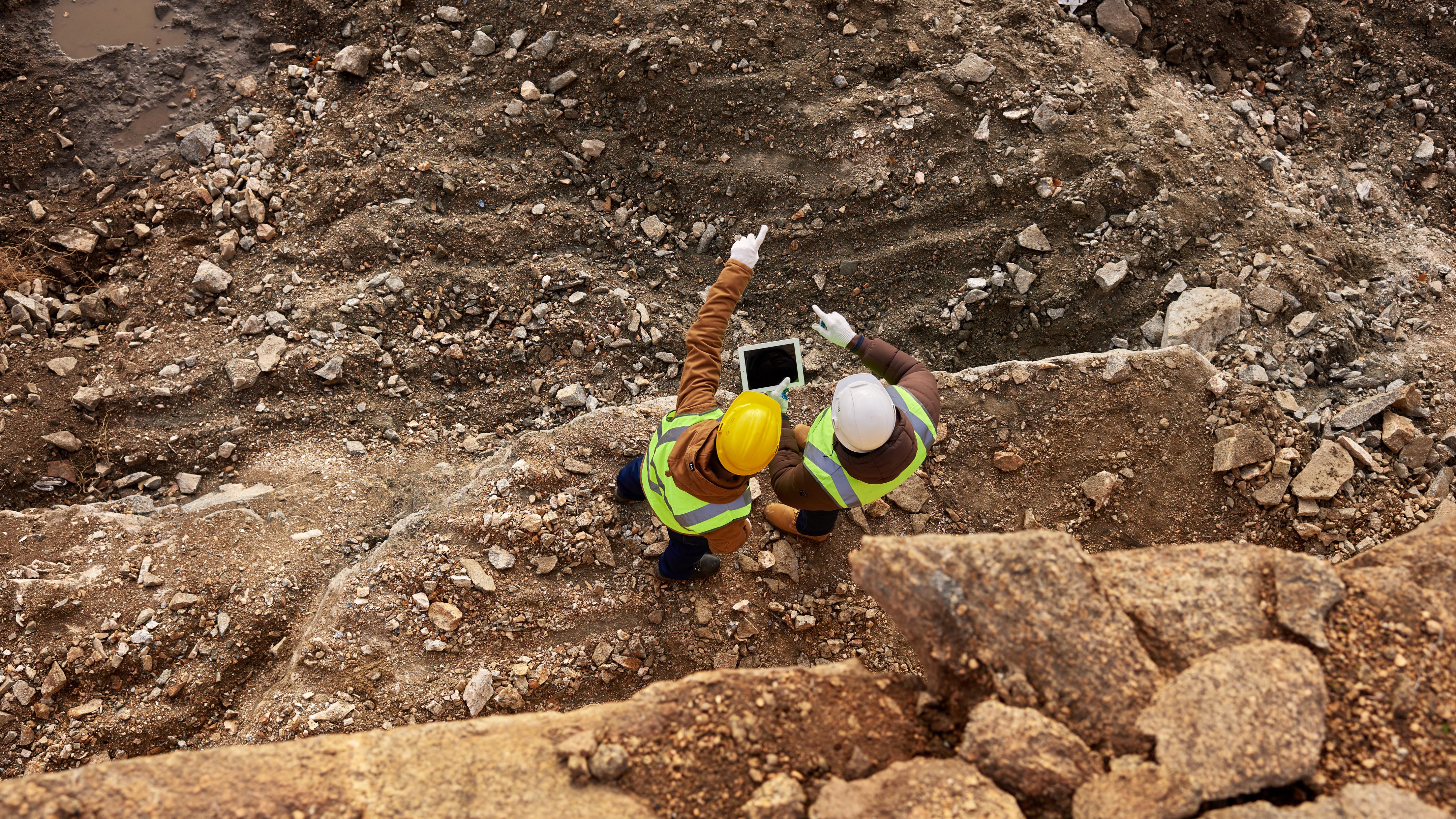One: Augmented Reality (AR)
The concept is well known. The idea is to superimpose digital information onto real objects or equipment. It can be done using tablets, mobile phones and wearables.
Sound complex to set up? Think again! Modern AR technologies allow quick development of applications without coding! And this implementation goes beyond the standard overlay of digital information over real objects: it also enables virtual collaboration.
This means that, in addition to providing field personnel with real-time information in context of the actual process, this technology helps mining companies enable remote expert advice for equipment maintenance, as well as augment the training process to create customized, memorable instruction for new workers.
Two: Hybrid Architectures
The beauty of a combined platform is that it allows you to mix data from mainstream low-cost sensors or devices on equipment with industrial automation information. Imagine integrating information from environmental monitoring (from IoT sensing technologies) with real-time production information coming from process automation systems.
In my opinion, incorporating information gathered with IoT mainstream (and low cost) devices into mining automation systems provides a huge opportunity to gain operational visibility, limited only by your creativity. For example, there are ready-to-use IoT development kits for environmental monitoring that can be ordered on the Internet.


